Wassily Kandinsky (December 16, 1866 – 1944) was a Russian painter and art theorist. He is generally considered the pioneer of abstract art. Kandinsky spent his childhood in Odessa (Ukraine), where he graduated from the Grekov Art School. He enrolled at Moscow University, where he studied law and economics. Building on his professional success—he was offered a professorship in Roman law at the University of Dorpat (now Tartu, Estonia)—Kandinsky began studying painting (drawing from life, sketching, and anatomy) at the age of 30. In 1896, he moved to Munich, where he first studied at Anton Ažbe's private school and then at the Academy of Fine Arts. He returned to Moscow in 1914, after the outbreak of the First World War. Following the Russian Revolution, Kandinsky became an influential member of Anatoly Lunacharsky's cultural administration and contributed to the establishment of the Museum of the Culture of Painting. However, at that time, "his spiritual vision... was out of step with the polemical materialism of Soviet society," and opportunities arose for him in Germany, where he returned in 1920. There, he taught at the Bauhaus School of Art and Architecture from 1922 until its closure in 1933. He then settled in France, where he lived until the end of his life, obtaining French citizenship in 1939 and producing some of his most important works. He died in Neuilly-sur-Seine in 1944.






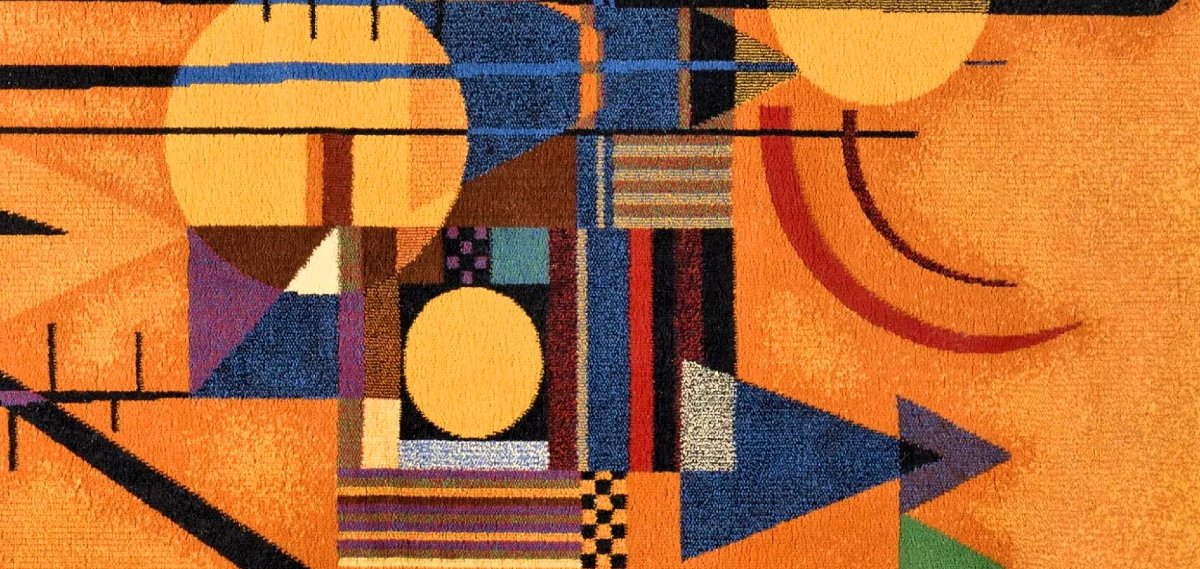




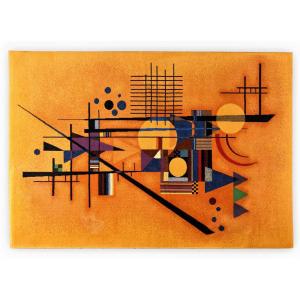










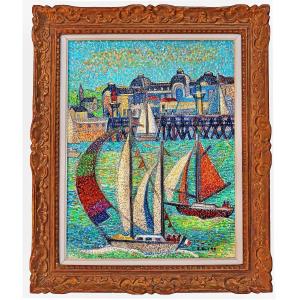

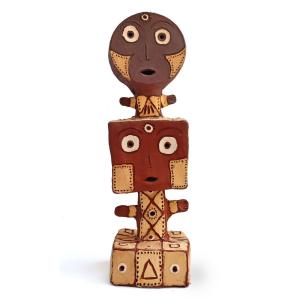





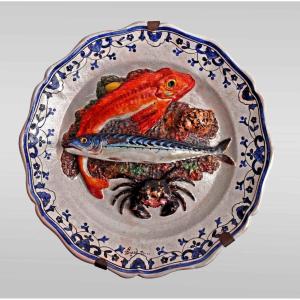
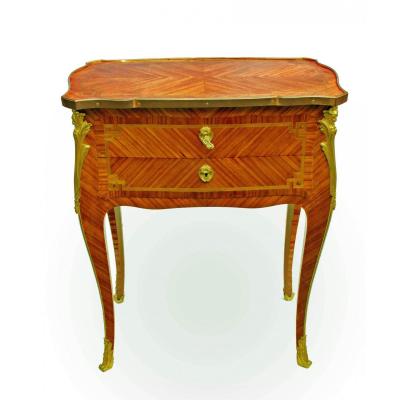

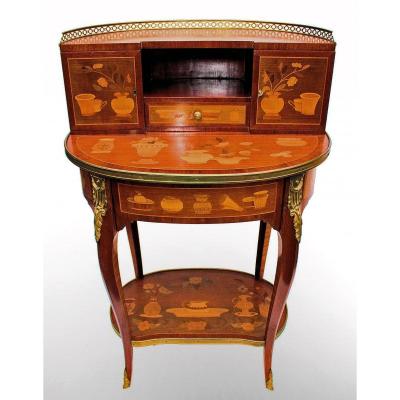









 Le Magazine de PROANTIC
Le Magazine de PROANTIC TRÉSORS Magazine
TRÉSORS Magazine Rivista Artiquariato
Rivista Artiquariato